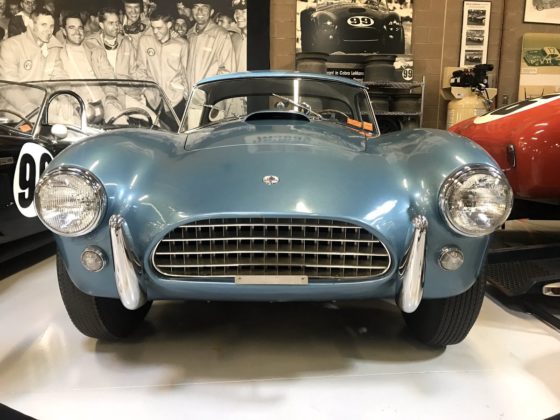
FUTURE OF CARS – Shelby American Collection (Starts 3:30) We tour Boulder’s Shelby American Collection of world-famous Vintage Shelby Cobra racecars, with founder Steve Volk. We discover what made people in the 1960s LOVE fast cars, and we learn how hot rodders created many automotive innovations. We also hear about the world famous race Le Mans, taking place this weekend, and including some hybrid electric cars. Plus the Shelby American Collection Annual Car Show and Raffle, happening Labor Day Weekend.
(For Part 2 of this series, GO HERE)
 Colorado Digital ID for Vaccinations (Starts 1:00) Colorado’s Digital Transformation Director 00 tells us how the MyColorado app now lets you display a valid vaccination card, likely to be useful for everything from traveling on a plane to getting tickets to a show. For an extended version of this interview, GO HERE.
Colorado Digital ID for Vaccinations (Starts 1:00) Colorado’s Digital Transformation Director 00 tells us how the MyColorado app now lets you display a valid vaccination card, likely to be useful for everything from traveling on a plane to getting tickets to a show. For an extended version of this interview, GO HERE.
Executive Producer: Beth Bennett
Show Producer: Shelley Schlender
Podcast: Play in new window | Download (Duration: 26:57 — 24.7MB)
Subscribe:
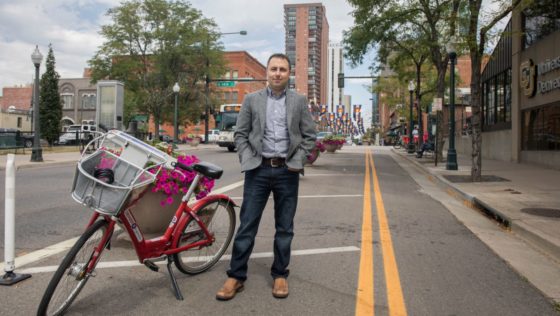





 This week on How on Earth, Beth talks with Professor Tom LaRocca, professor in the department of Health and Exercise Science at CSU in Fort Collins. His background is in molecular biology and physiology, but he is particularly interested in translational research (using laboratory science to develop practical applications or treatments that can help people). He is especially interested in the biology of healthspan, the period of life during which we are healthy and productive, and in research on ways to increase healthspan. He talks particularly about some of his recent work which has identified genetic marks of our biological age, as opposed to our chronological age or the number of years one has under their belt. You can see his
This week on How on Earth, Beth talks with Professor Tom LaRocca, professor in the department of Health and Exercise Science at CSU in Fort Collins. His background is in molecular biology and physiology, but he is particularly interested in translational research (using laboratory science to develop practical applications or treatments that can help people). He is especially interested in the biology of healthspan, the period of life during which we are healthy and productive, and in research on ways to increase healthspan. He talks particularly about some of his recent work which has identified genetic marks of our biological age, as opposed to our chronological age or the number of years one has under their belt. You can see his 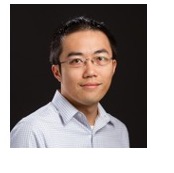
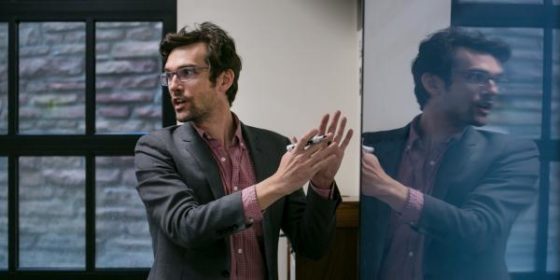
 Today on How on Earth, Beth speaks with author Roger Briggs about his new book:
Today on How on Earth, Beth speaks with author Roger Briggs about his new book: 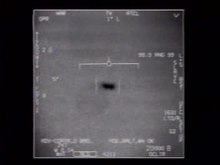
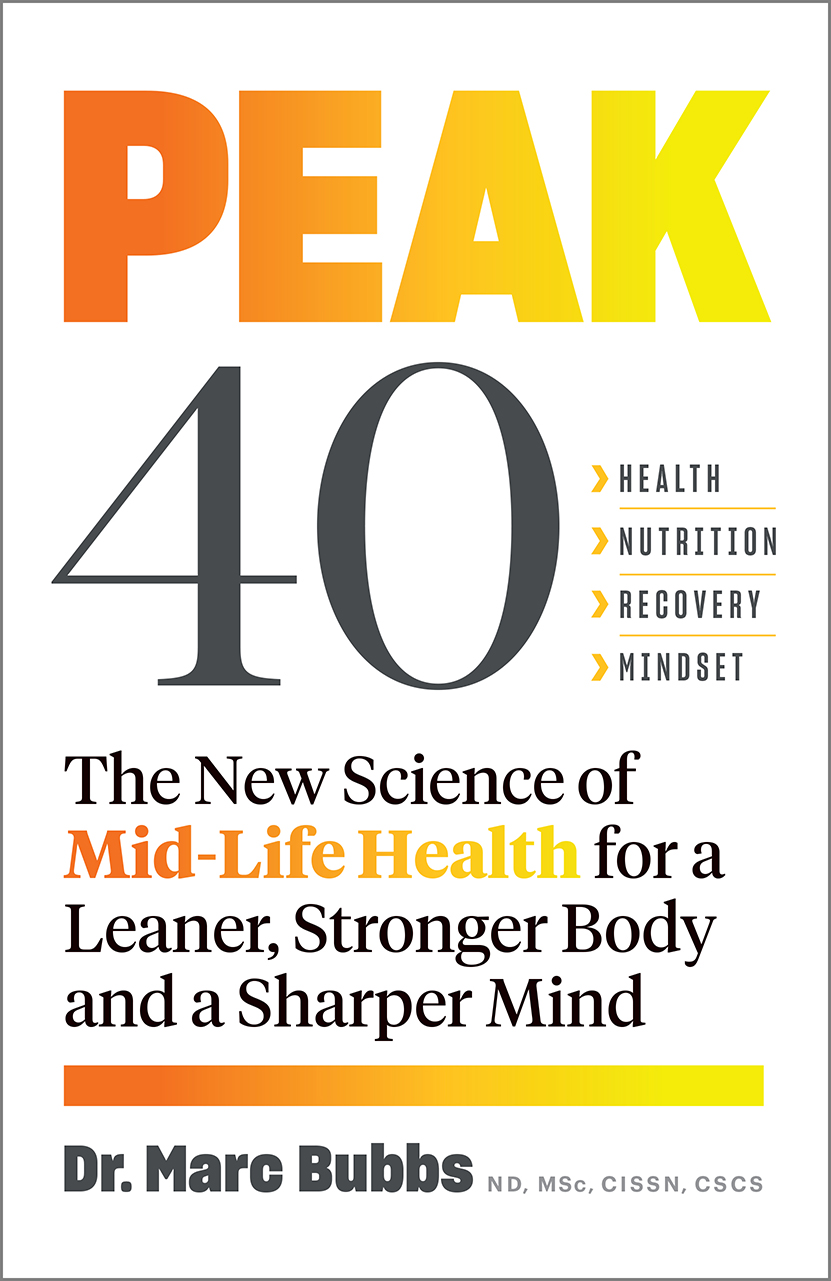
 This week on How on Earth, Beth gives an update on the new drug just authorized by the FDA to treat Alzheimer’s disease, aducanumab, sold under the brand name Aduhelm. Then hear her interview with Dr Marc Bubbs, whose new book,
This week on How on Earth, Beth gives an update on the new drug just authorized by the FDA to treat Alzheimer’s disease, aducanumab, sold under the brand name Aduhelm. Then hear her interview with Dr Marc Bubbs, whose new book, 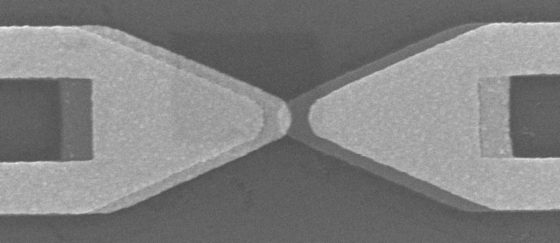
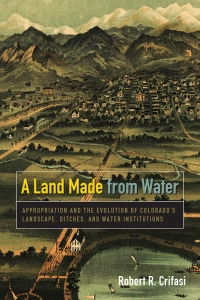
 Today on How on Earth, Beth replays a timely interview with Boulder author Bob Crifasi, a long time water resource manager. His book, on the history and consequences of Front Range water use, is especially relevant now during our longterm drought.Bob works in water management and planning and is an environmental scientist with over 25 yr experience. He was the Water Resources Administrator for the city of Boulder’s Open Space and Mountain Parks Dept. He has served on board of directors of 11 ditch companies and as the president of several, supervising all aspects of ditch operation. We talked about his book,
Today on How on Earth, Beth replays a timely interview with Boulder author Bob Crifasi, a long time water resource manager. His book, on the history and consequences of Front Range water use, is especially relevant now during our longterm drought.Bob works in water management and planning and is an environmental scientist with over 25 yr experience. He was the Water Resources Administrator for the city of Boulder’s Open Space and Mountain Parks Dept. He has served on board of directors of 11 ditch companies and as the president of several, supervising all aspects of ditch operation. We talked about his book,